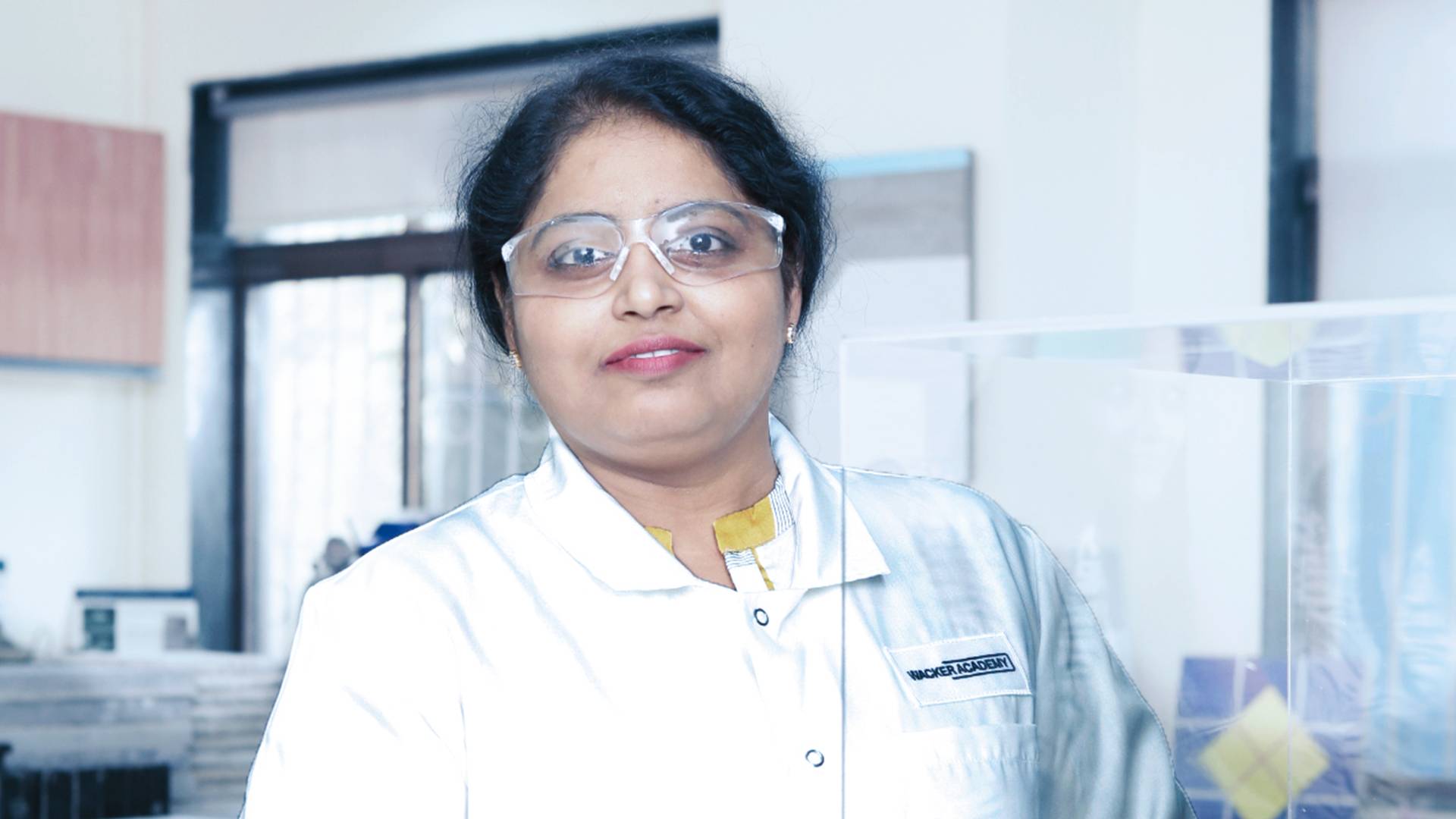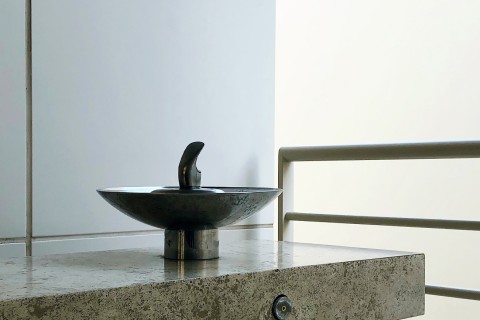Based on United Nations projections, India is set to surpass China as the world’s most populous country by 2027. “The country now has 1.37 billion people. Experts predict that this figure will rise by another 273 million by 2050,” says Pillay. Urbanization is a major challenge. Two-thirds of Indians still live in the countryside. But millions of people will be migrating to urban centers in the coming decades.
The demand for new housing is clearly on the rise.
Residential construction in India is projected to rise by 6 to 7 percent annually through 2023. Demand for apartments is particularly high in major cities like Mumbai, Delhi and Bengaluru. Meeting demand isn’t straightforward. Greater scarcities of sand are one reason why Indian construction companies are using new construction techniques. And building styles vary widely by region: Indians live in everything from stilted houses along coastal regions, simple bamboo huts in rural areas, as well as villas, and even skyscrapers in Mumbai. Construction companies therefore cater to local needs; and most construction workers are unskilled. Companies are also now obligated to meet government-mandated standards: Builders are under greater obligation to upgrade the quality of construction and improve on timeliness of project completion. Stricter environmental legislation and rising electricity prices are fueling the market for energy-efficient technology in buildings.
So how can the country meet these varied goals?
“By ensuring more sustainable, longer-lasting and more energy-efficient construction. In India, this means polymer-modified mortars based on dispersions or dispersible polymer powders. As a result, this technology can minimize cement usage.”
– Dr. Priti Pillay

WACKER runs three technical centers in India. They give local tradesmen and customers an opportunity to get to know the new techniques, such as the use of polymer-modified cementitious mortars. “Our binders ensure optimum adhesion in skim coat when it is applied to masonry and they stop moisture from entering it.” Large tiles are another trend that poses challenges. Nowadays, this kind of tile is a status symbol for affluent residents.
Innovative polymer grades are used to meet consumer needs. “Our binders make tile adhesives flexible, thus preventing crack formation in the tile. What’s more, tiles adhere better to the wall,” explains Pillay. Another advantage of using dispersions and dispersible polymer powders Less material is needed to build apartments of high standards – i.e. residential space that is more durable, longer-lasting and more energy-efficient.
Dr. Priti Pillay
Based in Mumbai, Dr. Priti Pillay has been working at WACKER as a Senior Technical Service Manager for construction polymers for over a decade. After obtaining her M.Sc. in Chemistry, she gained an MBA in Marketing and a Ph.D. in Polymer Chemistry.





